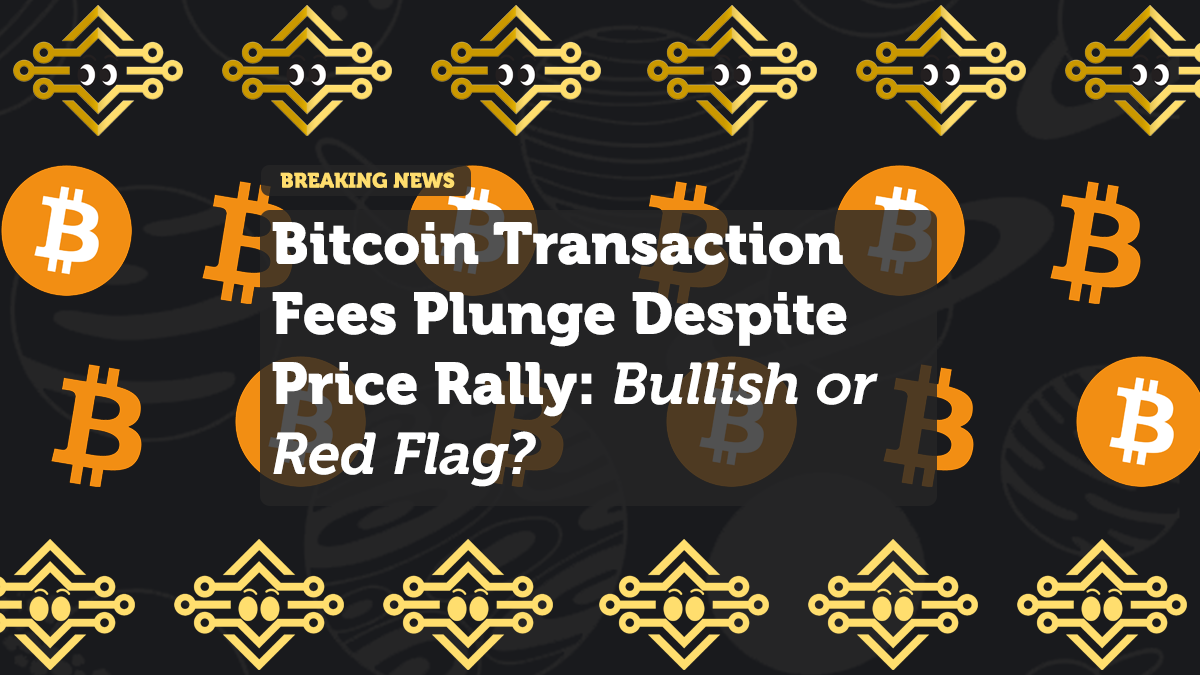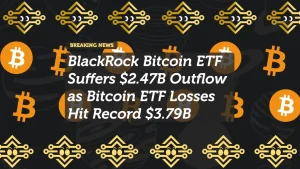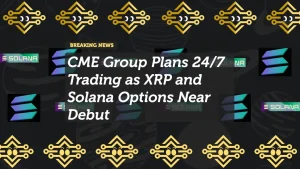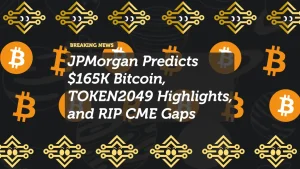
Bitcoin Transaction Fees Plunge Despite Price Rally: Bullish or Red Flag?
Bitcoin’s price continues to hover above the $109,000 mark, keeping bullish hopes alive. Yet, a surprising trend has emerged alongside this rally: network transaction fees have plunged to extremely low levels, reaching below $1.50 per transaction. This unusual pattern raises key questions—does it reflect improved network efficiency, or is it a sign that Bitcoin is shifting into a different role within the crypto ecosystem?
Low Transaction Fees: A Bullish Indicator or a Warning Sign?
Traditionally, surging Bitcoin prices have often led to network congestion and higher fees, as seen during the 2017 and 2021 bull runs. This time, however, the dynamic appears different. According to Alphractal, Bitcoin network fees—both total and mean—have dropped sharply, even as BTC trades above $109,000.
This is an unusual divergence:
- Fees are below $1.50 per transaction.
- Network activity shows reduced public interest, despite price gains.
In the past, higher fees reflected increased demand for on-chain transactions, but today’s lower fees may indicate improved efficiency—or a broader shift in how Bitcoin is used.
Lightning Network and Layer 1 Activity: A Tale of Decline
Alphractal also points to a steady drop in Lightning Network transactions, highlighting decreased use for peer-to-peer payments and transfers. Combined with lower mainnet activity, this trend suggests that Bitcoin is increasingly viewed as a store of value rather than a medium for everyday transactions.
Alternative Chains Gaining Ground
While Bitcoin transaction volumes shrink, alternative blockchains are seeing increased activity:
- Centralized exchanges (CEX) and networks like TRON are handling more transactions, drawn by lower costs and faster confirmation times.
- TRON’s Total Value Locked (TVL) has surged, indicating user migration for faster, cheaper transactions.
Kyle Doops of Crypto Banter flagged this development, urging users to monitor the trend as it may signal a shift in user behavior. TRON’s near-instant and fee-free environment is proving attractive, particularly for stablecoin transfers and payments.
Bitcoin as a Store of Value: The New Narrative?
The broader implication is that Bitcoin’s role might be evolving:
- Less transactional utility.
- More of a store of value—akin to digital gold.
This shift aligns with Bitcoin’s narrative among institutions and long-term holders, who increasingly treat BTC as a hedge against inflation and market volatility, rather than a day-to-day payment network.
Final Thoughts: A Bullish Foundation or a Fragile Setup?
Bitcoin’s low fees during a major rally might seem counterintuitive, but it could signal improved network efficiency, reduced speculative froth, or a realignment of Bitcoin’s primary use case.
With BTC holding above $109,000 and transaction fees at multi-month lows, the stage is set for further price growth—assuming demand for Bitcoin’s role as a store of value continues to expand. However, the decline in transactional activity and the rise of alternative networks like TRON suggest an evolving market dynamic worth watching.
















